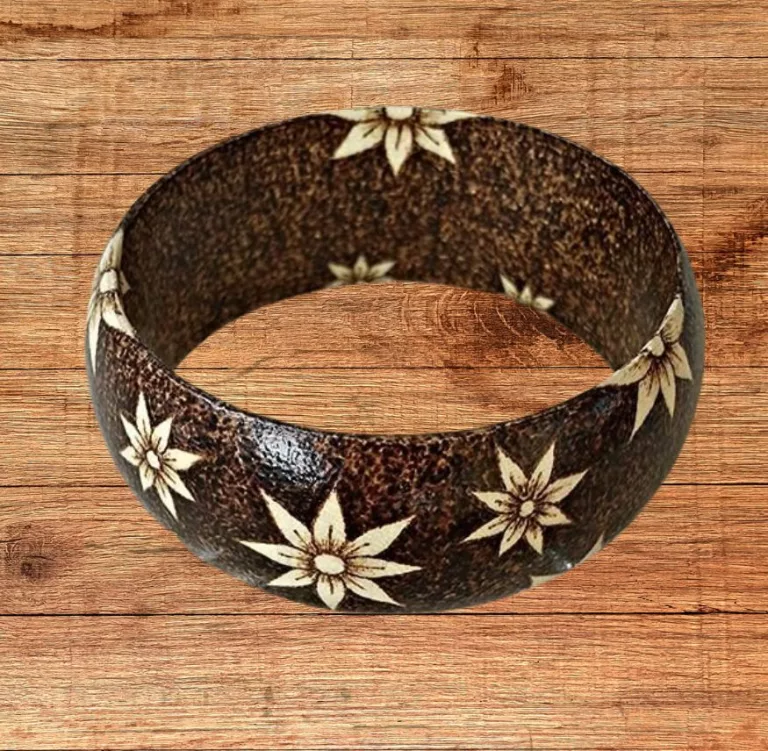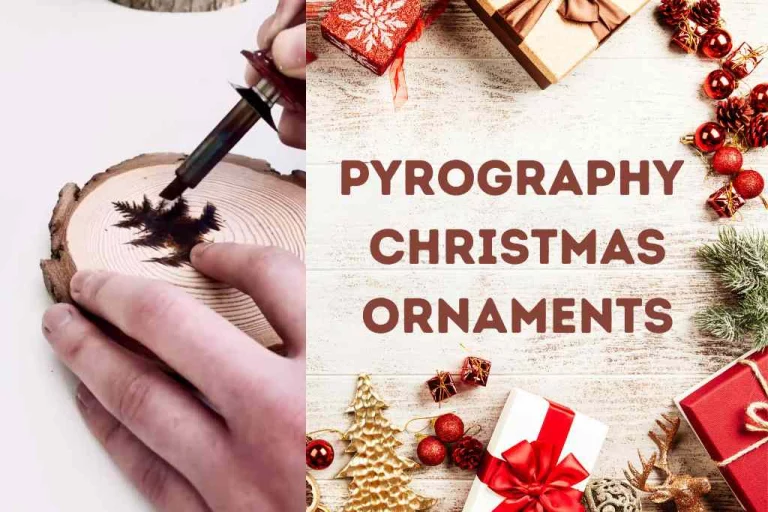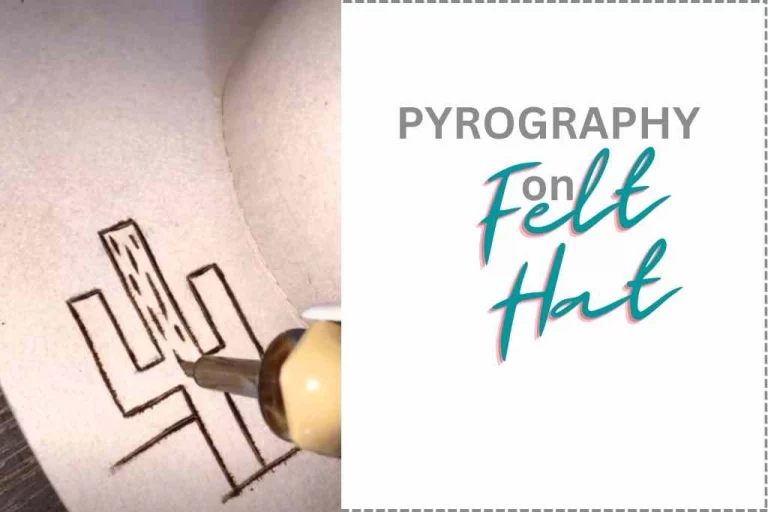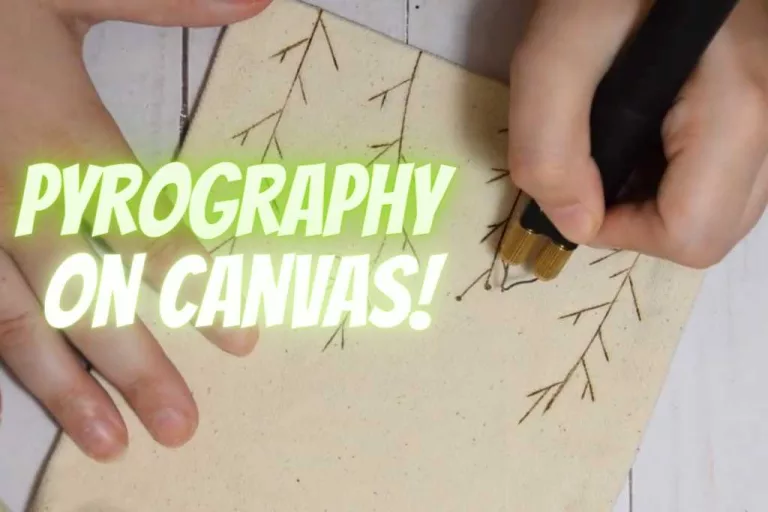What Are Pyrography Wire Tips and How to Make These?
This mind boggling question about pyrography wire tips and about the process of making these wire tips are answered here. Here’s a question you might need answering over the course of your journey into pyrography. A large selection of tips and nibs are available out there, but they’re not always enough.
Maybe some of the tips you need are not available in your area. Or perhaps, you just want to try making some suitable tips yourself. After all, it’s possible so why not?
Wire tips are an absolute pleasure to use for pyrography. One of the benefits of wire tips is that you can easily customize your own nibs. Whatever you need to burn, there’s a way to make a nib for it.
Let’s take a look at the materials and steps needed to make pyrography wire tips.
Features of Pyrography Wire Tips
Composition
Wire tips are made using a special wire made of nichrome, an alloy of nickel and chromium. The wire comes in different thicknesses and is identified by gauge numbers.
Types
There is also standard wire and heavy-duty wire. As the names imply, it really depends on how heavily you intend to use these tips.
- Standard wires are relatively thinner, they heat up faster and are more malleable. But as such, they are also more likely to break. If you tend to work with high heat over a long period of time, it may also bend and lose its shape.
- Heavy-duty wires are thicker, more durable, and heat up slightly slower. They handle high heat and long stretches of work better.
That being said, it is not recommended to work on pyrography for too long at a time no matter what kind of tip you’re using. Make sure to give yourself and your tools some rest in between, especially if you’re working with high heat. Breathing time reduces mistakes.
Pyrography wire nibs and their uses are shown in this video
Making Wire Tips
The purpose of the tip determines the shape of the wire and how thick it needs to be. Depending on the tip, you might need
- Wire cutter
- General pliers
- Needle-nose pliers
- Small hammer
- Anvil
- Files
For the more simple tip shapes, you can just work on the piece of wire. But for some tips, you might need to screw it into the burner terminals. When the wire is hot enough, it becomes soft and you can shape it in any way you want.
I’ve put together an overview of making your own wire tips. Take a look!
Step by Step Process of Making a Pyrography Wire Nib
- Snip a wire piece of length 1.25” or 32 mm.
- Bend it into a U-shape narrow enough to fit the burner terminals.
- If you only need to shape the wire, squeeze about 3 mm of the U-end close together with pliers. This will help to concentrate the heat there.
- If it’s difficult, fit the wire into the terminal, turn it on and press the wire when it’s softer with heat. You now have a standard loop point.
- Remember to let the wire cool before handling it.
- Thin or fine nibs for detailing and fine lines: Hammer the tip flat and then file it down to a knife or needlepoint.
- Nibs for lettering: You can hammer the tip flat when it is hot. Then cut or fold it to give a sharp edge for precise writing. Finally, grind it down to the size you need with a file.
- If you need flat tips for shading, you may need to use the anvil to hammer the point flat and then polish it with the file. Smoother tips will work better.
- You can also use a longer piece of wire and twist it into a brand at the tip.
- Feel free to curve and twist the wire into a nib of any type. Just follow the above-mentioned guidelines as needed.
Here’s a video demonstration of the wire tip making process.
FAQs
1. Are wire tips better for pyrography?
Yes, wire tips are always better for pyrography. It simply helps make tiny marks and it heats up so quickly.
Wrapping It Up
Wire tips make the burning process easy, whether it’s in terms of versatility or comfort. Knowing about pyrography wire and how to make these wire tips means you don’t have to continuously buy them, Some of the easier tips you can simply DIY.
I hope this blog has helped you out! For further instructions, you can always look specifically for what you want. You can also take a look at this video tutorial.
Moreover, this article will help you to make a super cool pyrography tool at home!
Enjoy!






